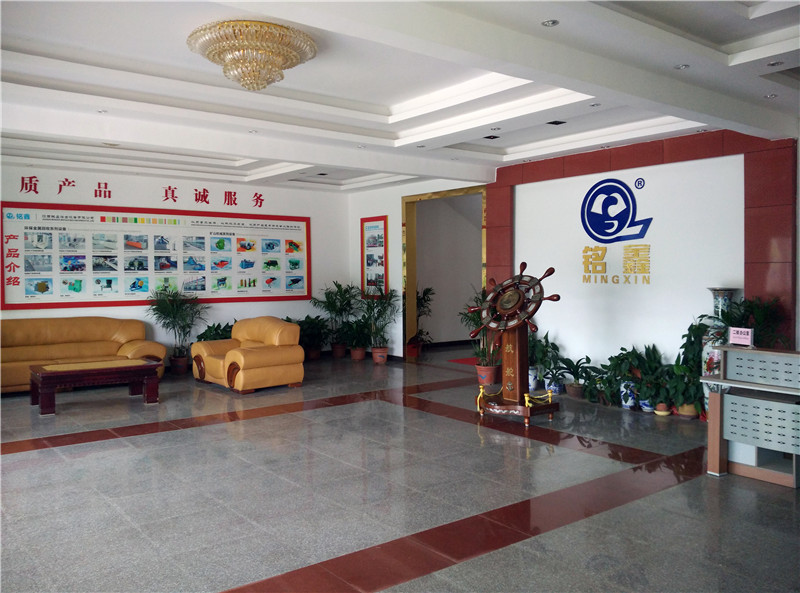With the growing global demand for renewable energy, solar panels have become the energy solution of choice for many homes and businesses. Over time, however, these panels will reach the end of their useful lives, raising questions about how to recycle these materials efficiently. This article will provide you with a comprehensive guide to solar panel recycling to help you understand the process, the benefits, and how to get involved.
The design life of solar panels is usually between 25 and 30 years. During this time, they are able to generate large amounts of clean energy and reduce greenhouse gas emissions. However, when the efficiency of the panels drops below 80%, they are no longer cost-effective and need to be recycled.
Second, the composition of solar panels ** Solar panels are mainly composed of glass, aluminum frame, plastic backplane and silicon cells. Most of these materials are recyclable, but require proper processing to separate and recycle them.
3. Recycling process
1. Collection and transportation: First, waste solar panels need to be collected and safely transported to a recycling facility.
2. Pre-treatment: In the recycling facility, the panels are disassembled to separate the glass, metal frame and battery materials.
3. Material separation: The use of mechanical and chemical methods to separate silicon, silver and other valuable metals from battery materials.
4. Reuse: The separated material can be reused to make new solar panels or other products.
4. The benefits of recycling
1. Environmental protection: Recycling solar panels helps reduce waste in landfills and protect natural resources.
2. Resource conservation: Through recycling, the raw materials needed to manufacture new panels can be saved and the impact on the environment can be reduced.
3. Economic benefits: Recycled materials can provide economic value for recycling enterprises, while reducing the production cost of new materials.
5. How to participate in solar panel recycling
1. Be aware of local policies: Different areas may have different recycling policies and facilities. Be aware of local recycling regulations and available resources.
2. Contact the manufacturer: Many solar panel manufacturers offer recycling services or can guide you on how to recycle their products.
3. Participate in community recycling programs: Join or create community recycling programs to promote solar panel recycling.
4. Education and publicity: raise public awareness of the importance of solar panel recycling and encourage more people to participate.
With the continuous progress of solar technology, future solar panels may be easier to recycle or have a longer service life. At the same time, with the development of recycling technology, the recycling process will become more efficient and economical.
Recycling solar panels is a complex but vital process that not only contributes to environmental protection, but also brings economic benefits. By understanding the recycling process, the benefits, and how to get involved, we can collectively contribute to a more sustainable future. As the world's reliance on renewable energy continues to increase, solar panel recycling will be a key part of our green energy goals.











